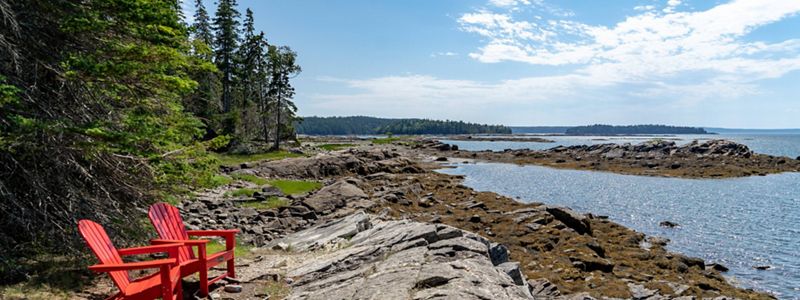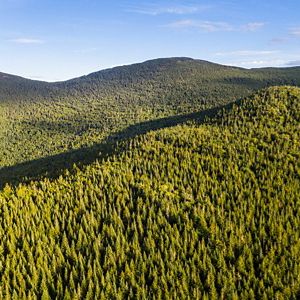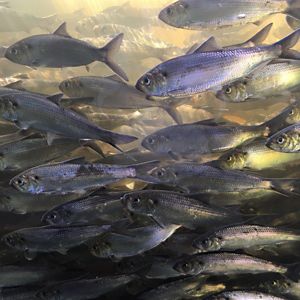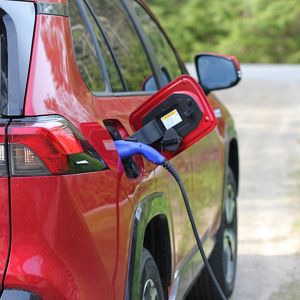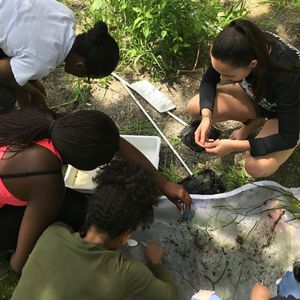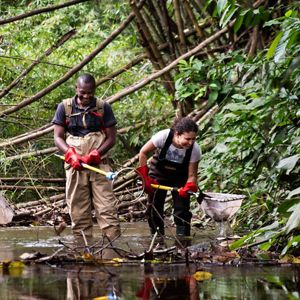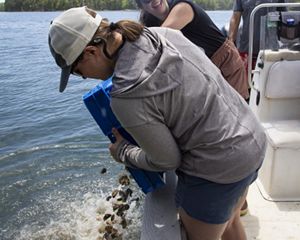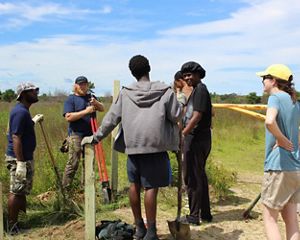Make a Difference in Maine
With your help, we have conserved more than 2.4 million acres in Maine. Your support protects wildlife and their habitats, bolsters sustainable nature-based economies, and inspires climate action. Please join us to ensure that Maine's natural legacy endures for future generations.

New “Fisheries Trust of Maine” Will Ensure Access for Generations of Maine Fishermen
Nonprofits partner with fishermen to keep groundfish quota in Maine.
A Historic Conservation Opportunity
In the heart of the Northern Appalachians is a place that has sustained communities for millennia. When conserved, the area can connect half a million acres of protected lands, a historic accomplishment for the region. Recognizing the irreplaceable value of this place, four conservation organizations joined forces to permanently protect it.
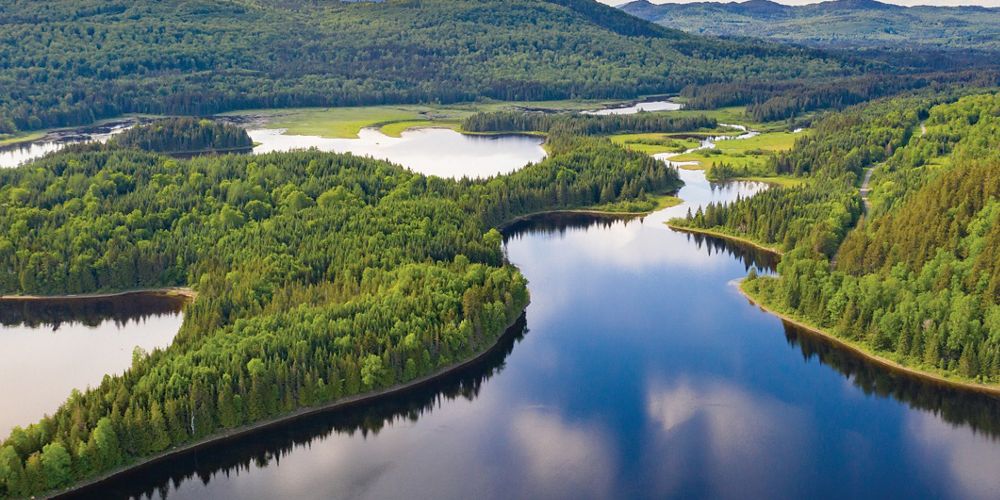

See the Places We Protect in Your Community
TNC has helped protect more than 2.4 million acres in Maine, which benefit wildlife, protect unique habitats, encourage nature-based recreation and support sustainable industries.
More From Maine
Learn more about the people and projects that conserve the lands and waters on which all life depends.
Learn how we're focusing the power of people to make positive changes for nature, in Maine and beyond.
Explore and connect with our expert staff and dedicated Trustees.
TNC Maine is committed to sustained, informed and deliberate work with and in support of Wabanaki people toward shared priorities.
Your support protects wildlife and their habitats, bolsters sustainable nature-based economies and inspires climate action.
We Can’t Save Nature Without You
Sign up to receive monthly conservation news and updates from Maine. Get a preview of Maine's Nature News email.
